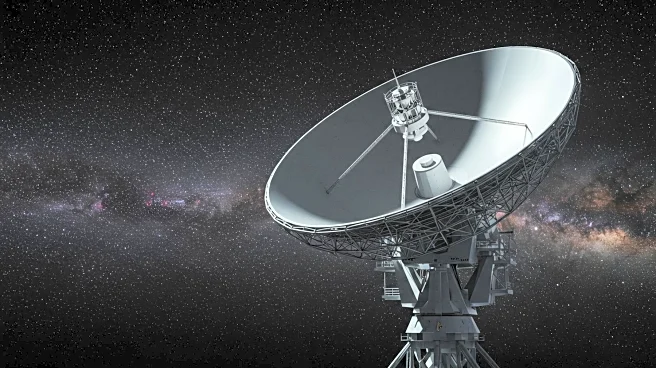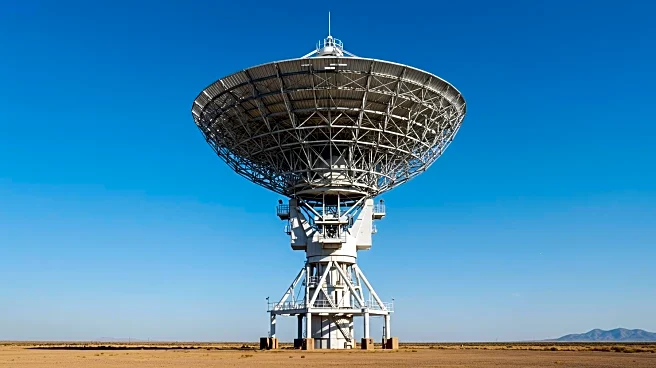Rapid Read • 8 min read
A recent study has utilized UAV hyperspectral multimodal data and an Encoder-CNN model to assess plant diversity in degraded desert grasslands. The research focused on reducing hyperspectral image dimensionality using a Random Forest algorithm, selecting 128 significant wavelengths for classification. The study compared various models, including traditional Transformer models and CNN-based models, finding that the Encoder-CNN model achieved the highest classification accuracy of 90.01%. The research highlighted the challenges of distinguishing between vegetation and bare soil due to spectral similarities and background interference. The study also explored the ecological significance of dominant species like Artemisia ordosica and Sphenostylis stenocarpa in shaping community structures and influencing environmental regulation.
AD
This study is significant as it provides a robust method for assessing plant diversity in desert grasslands, which are often subject to degradation and desertification. The use of advanced AI models like Encoder-CNN can improve the accuracy of vegetation mapping, aiding in ecological restoration efforts. Understanding plant diversity and community structure is crucial for developing targeted restoration strategies, which can enhance soil stability and mitigate erosion. The findings can inform land management practices and contribute to sustainable ecosystem management, particularly in semi-arid regions facing environmental stressors.
Future research may focus on integrating thermal infrared remote sensing data to improve the classification of vegetation health status, reducing misclassification. Additionally, expanding the spatial coverage of the dataset could enhance the model's generalization performance across different desert steppe regions. Long-term ecological monitoring using these methods can help adjust management strategies based on dynamic vegetation changes, optimizing restoration efforts in degraded areas.
The study underscores the ecological significance of accurate plant diversity assessment in restoration planning. By identifying species composition and ecological characteristics, managers can prioritize restoration efforts in severely degraded areas. The integration of hyperspectral data and deep learning models offers a powerful tool for adaptive and ecologically aligned restoration strategies, ensuring long-term sustainability of desert grassland ecosystems.
AD
More Stories You Might Enjoy












